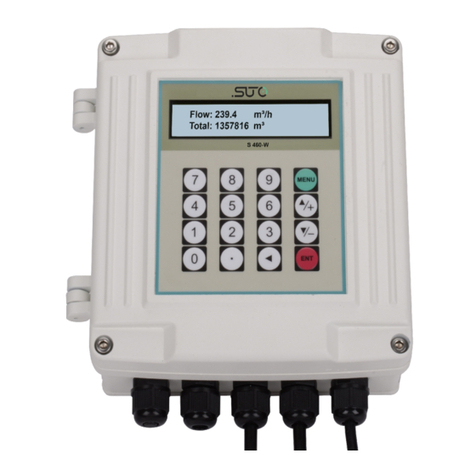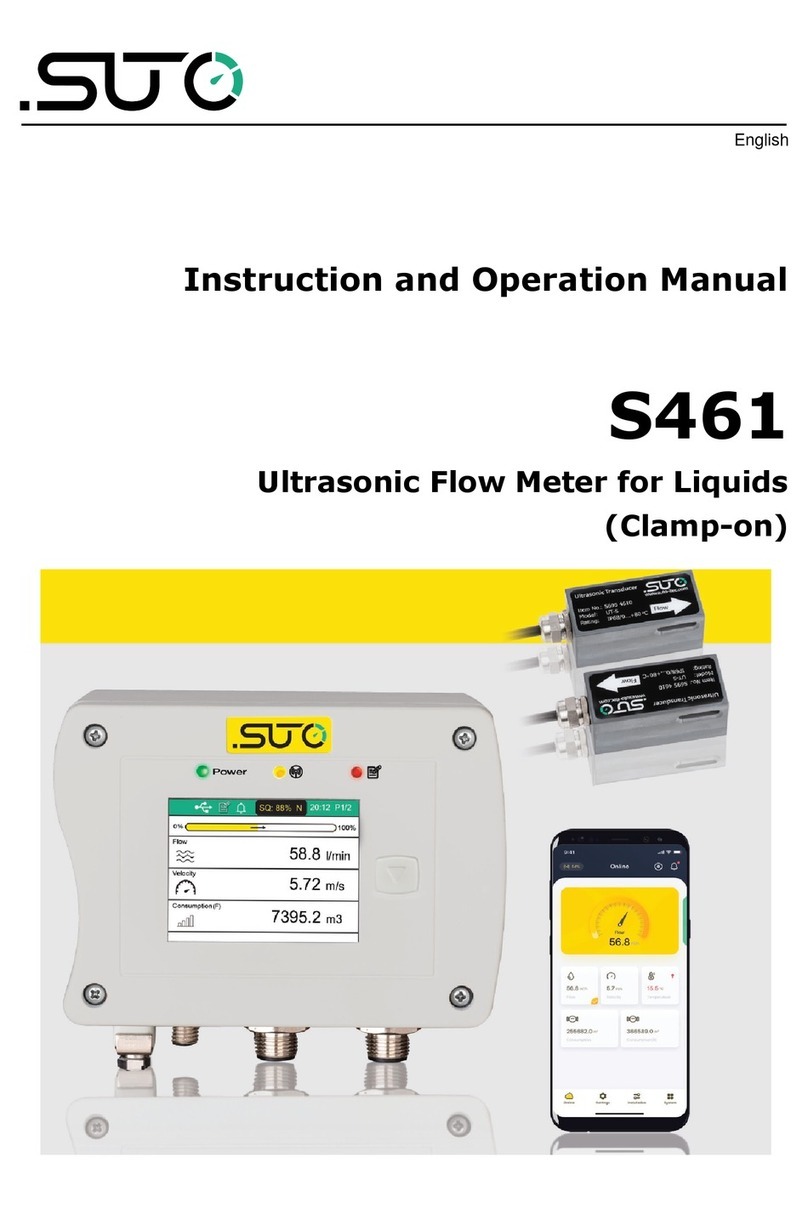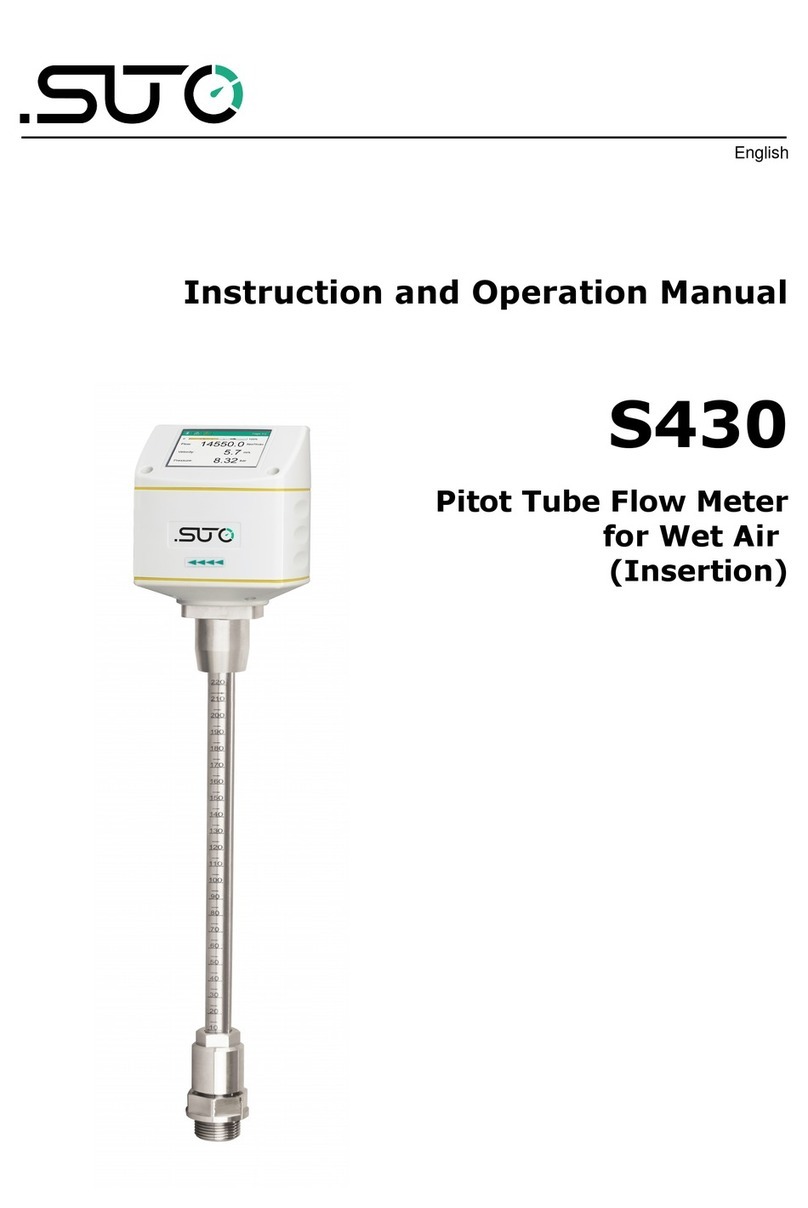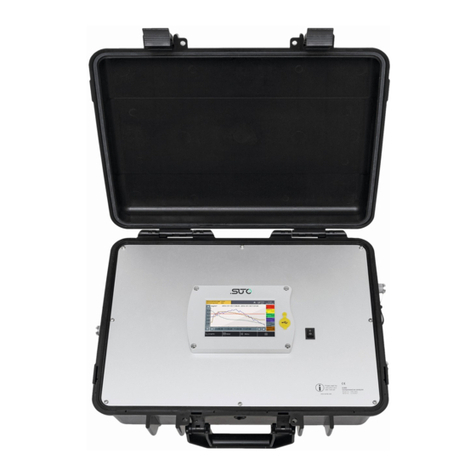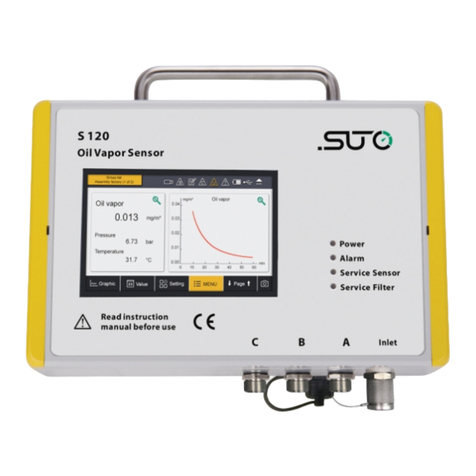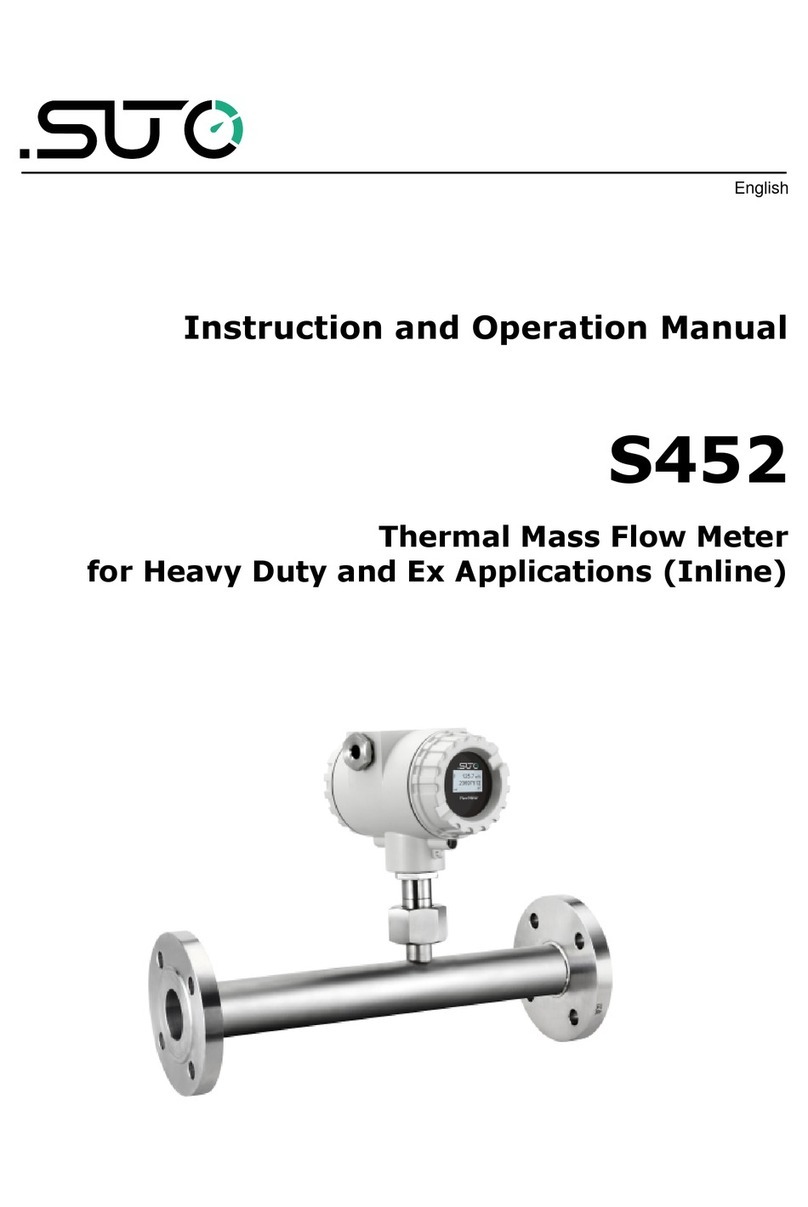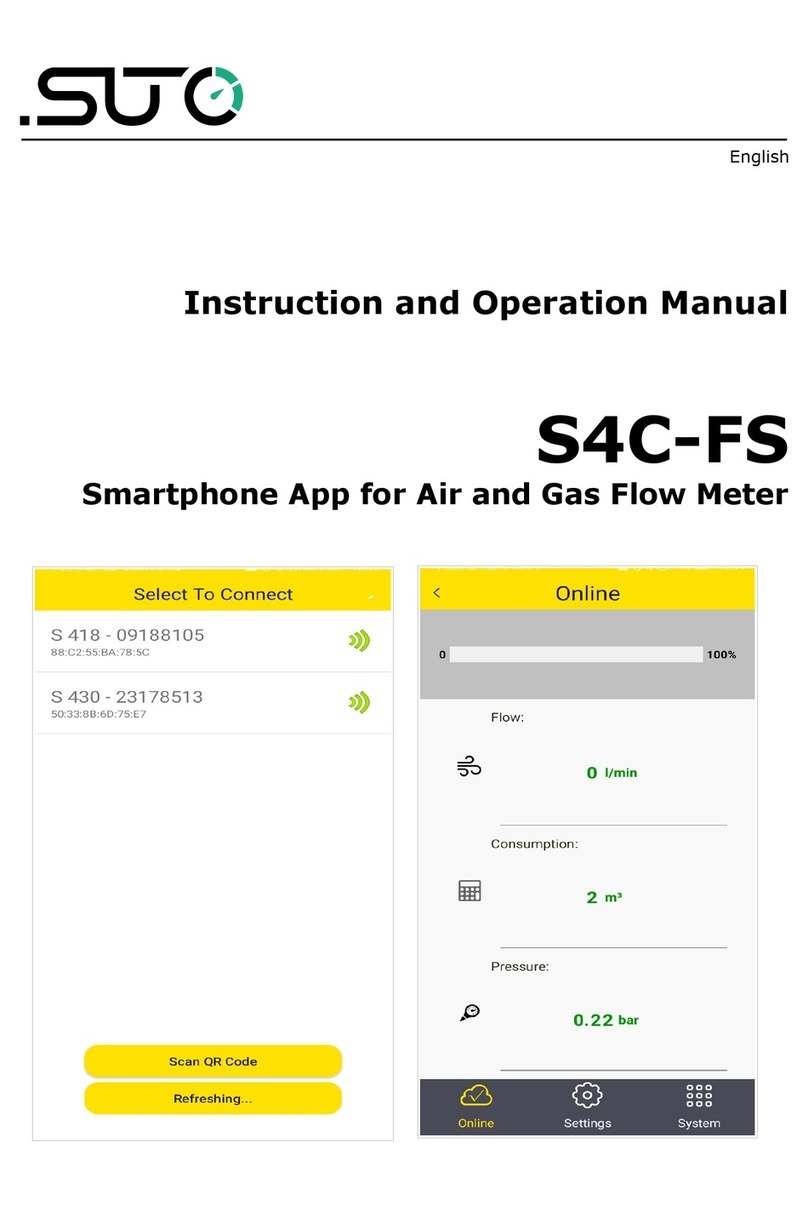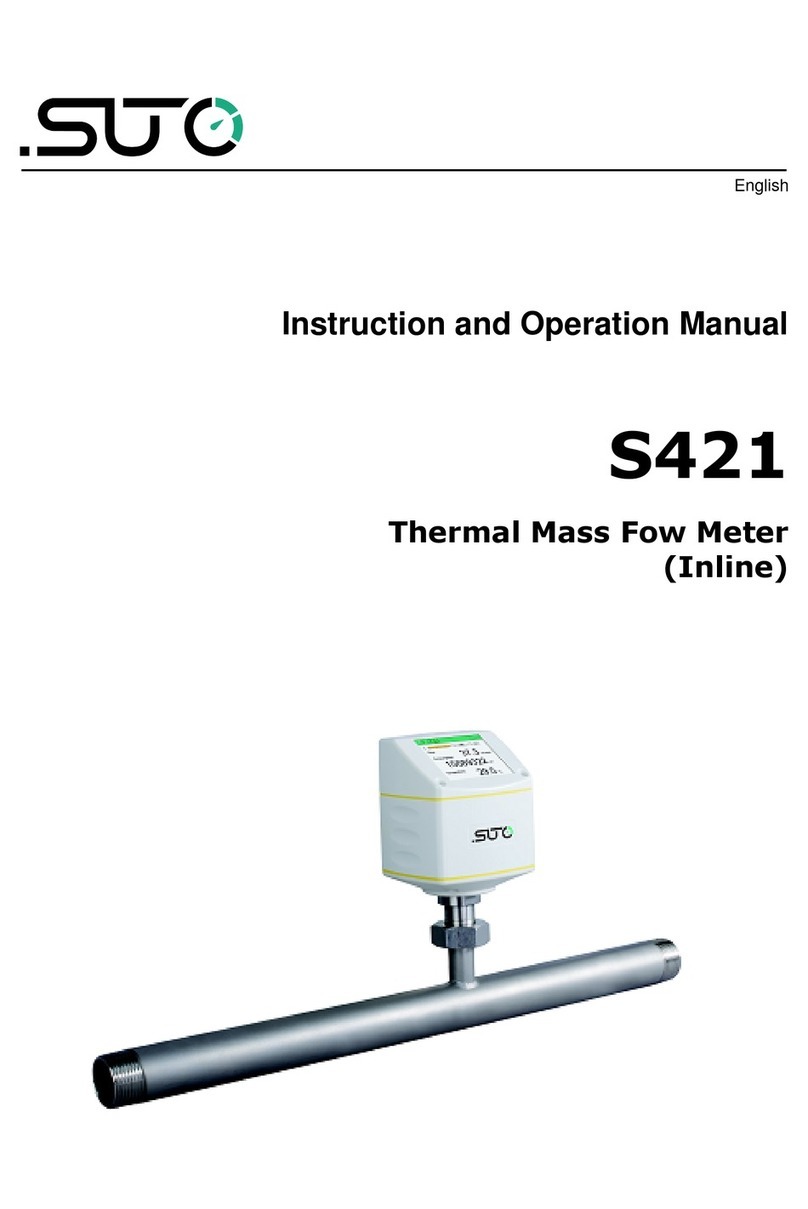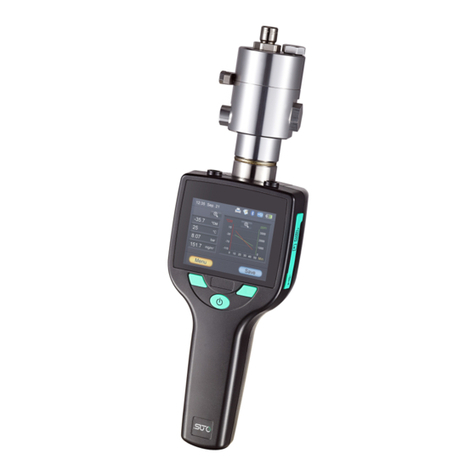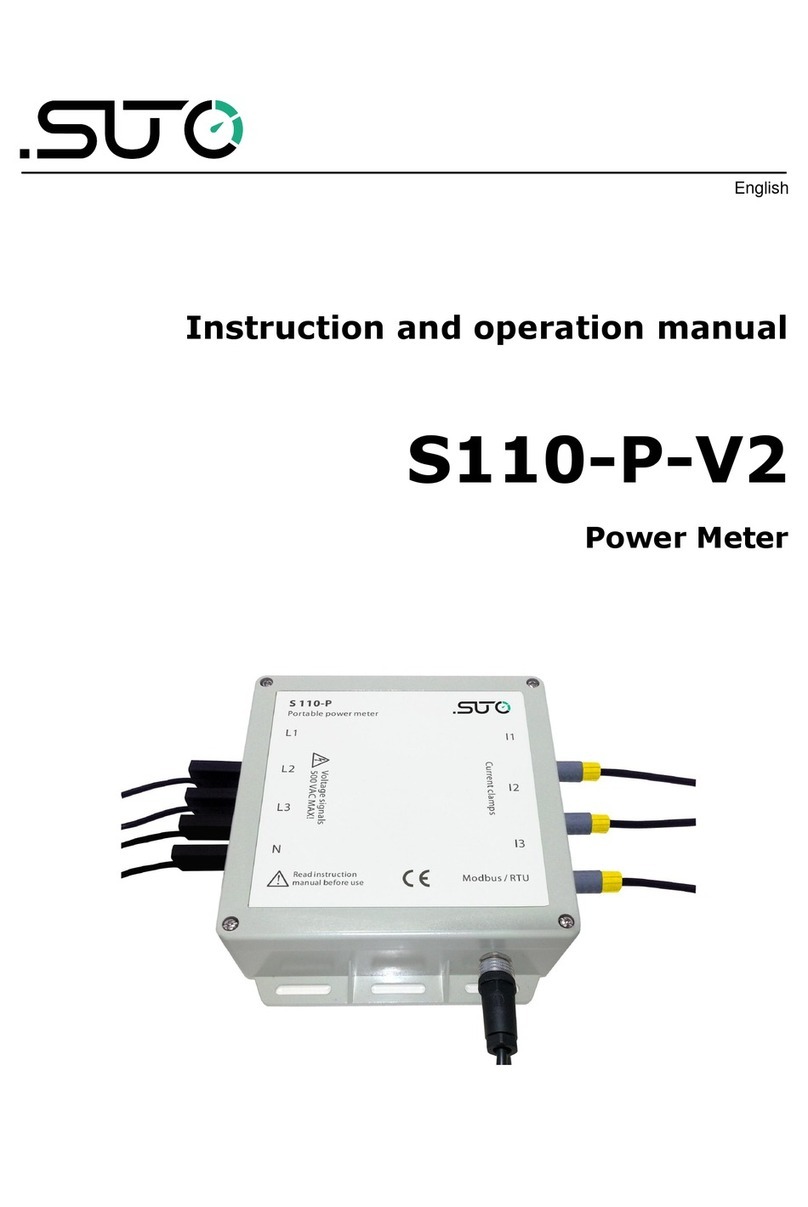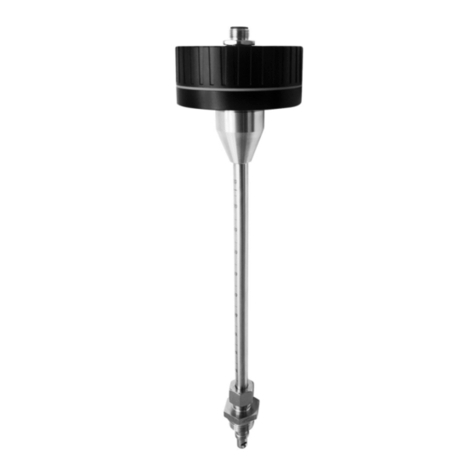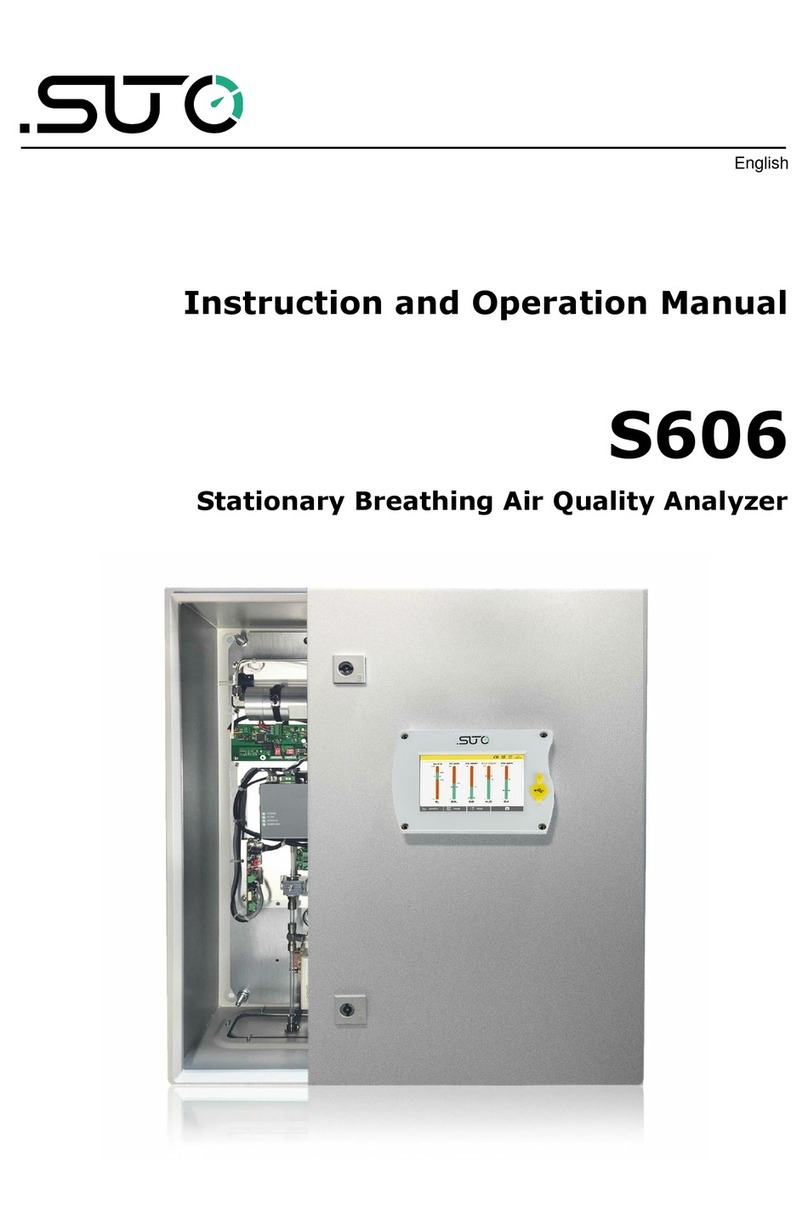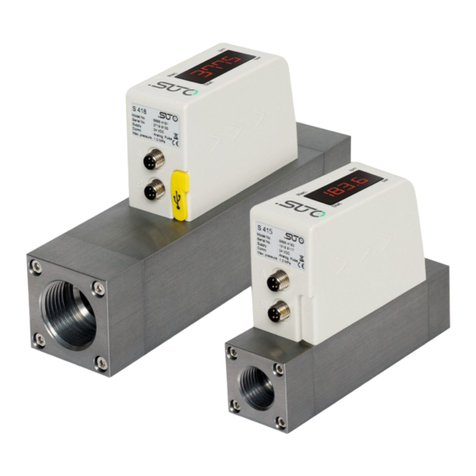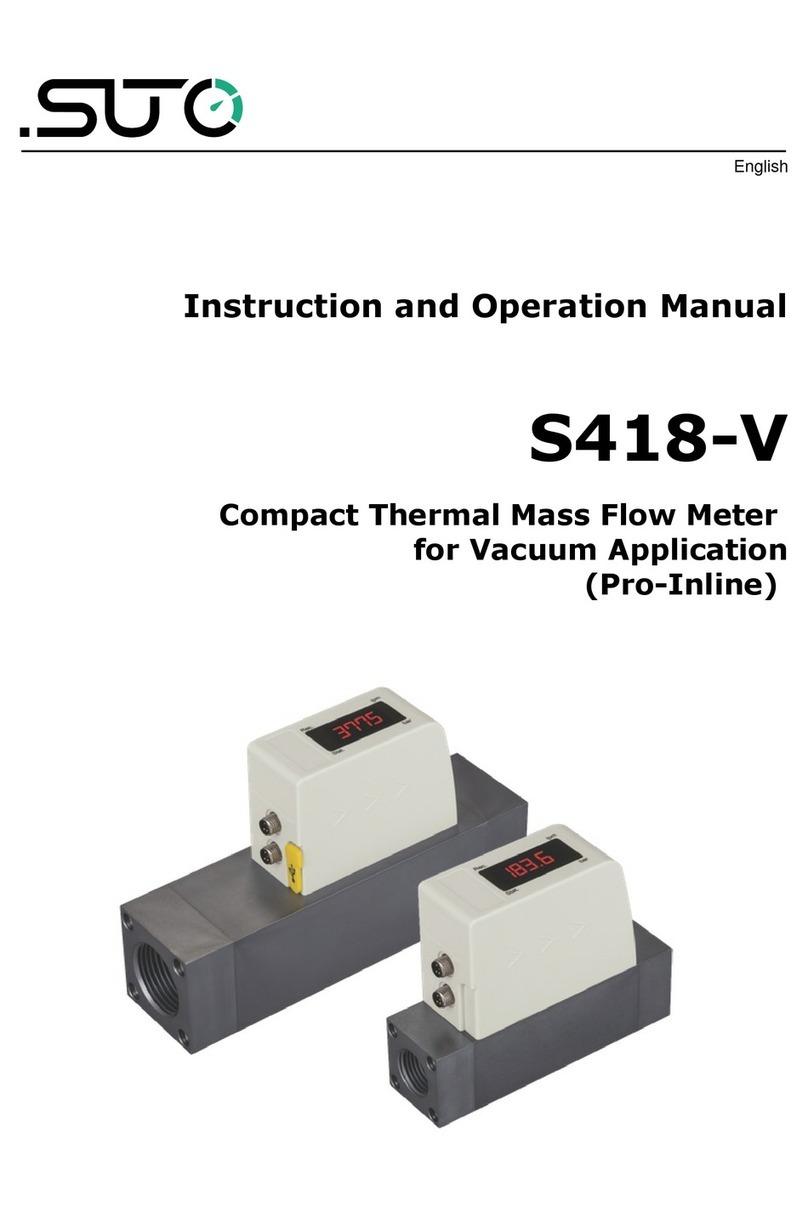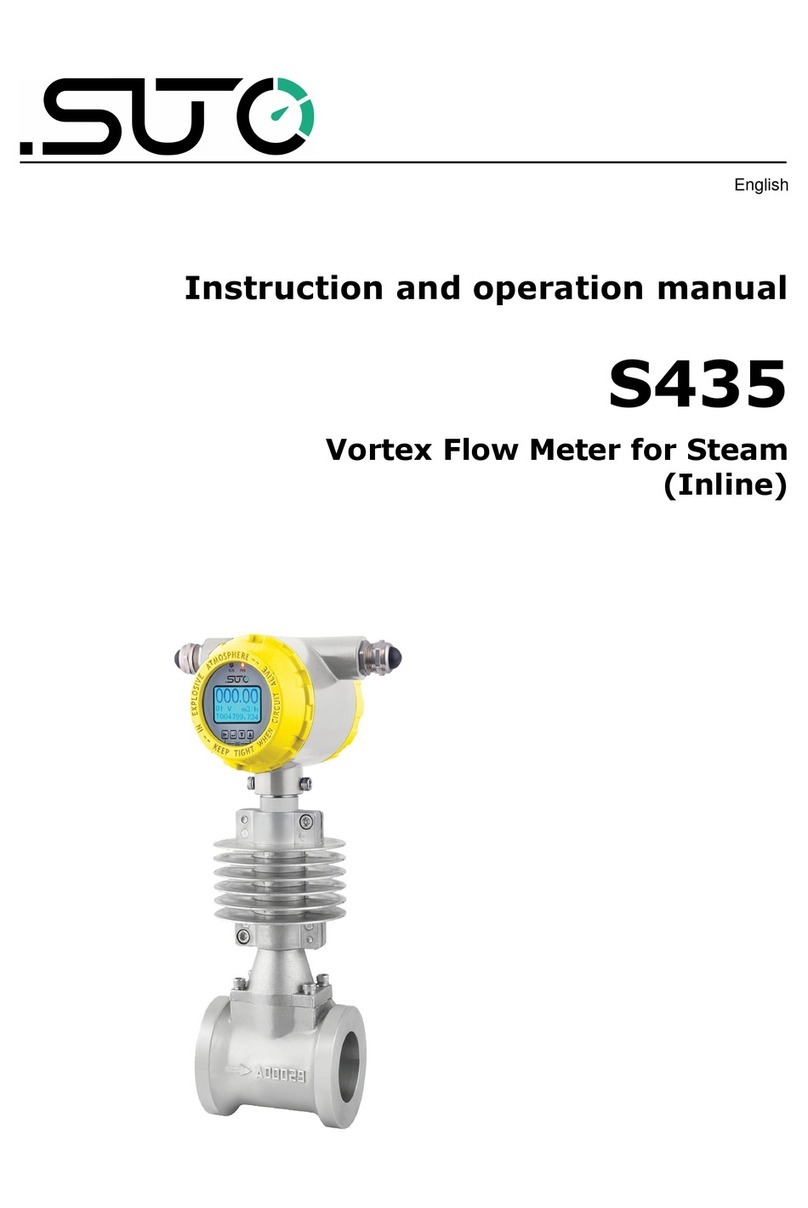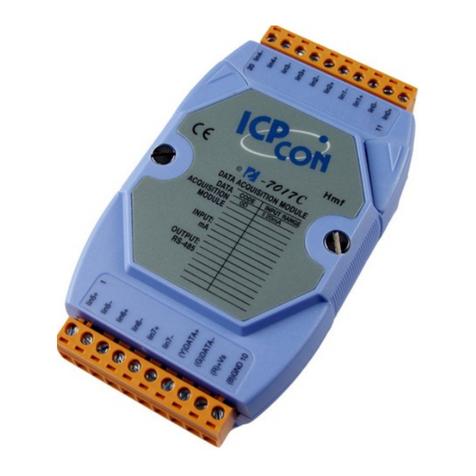Table of ontents
1 afety Instructions.............................................................................5
2 Registered Trademarks........................................................................7
3 RF Exposure Information and tatement................................................8
4 Application........................................................................................9
5 Features...........................................................................................9
6 Technical data..................................................................................10
6.1 General.....................................................................................10
6.2 Electrical Data............................................................................11
6.3 Output ignals...........................................................................11
6.4 Accuracy ..................................................................................11
6.5 Volumetric Flow Ranges...............................................................12
7 Dimensional Drawing.........................................................................13
8 Determine the Installation Point..........................................................14
8.1 Reserve Required Inlet and Outlet ections....................................15
9 Installation .....................................................................................17
9.1 Installation Requirements............................................................17
9.2 Installation Procedure .................................................................18
9.2.1 Calculate the Installation Depth...........................................18
9.2.2 Install the Device..............................................................20
9.2.3 Remove the Device............................................................21
9.3 Electrical Connection...................................................................21
9.3.1 M12 Connection Pins..........................................................22
9.3.2 Ethernet Connection..........................................................24
10 ignal Outputs................................................................................26
10.1 Analog Output..........................................................................26
10.2 Pulse Output............................................................................26
10.2.1 Pulse Connection Diagrams (A1410)...................................28
10.2.2 Pulse Connection Diagrams (A1413)...................................28
10.3 Modbus Interface......................................................................30
10.3.1 Modbus Information.........................................................30
10.3.2 Connect Modbus/RTU Devices to a Master...........................31
10.3.2.1 Modbus/RTU Cable Length.......................................31
10.3.2.2 Modbus/RTU Wiring and Cable Type..........................32
10.3.2.3 Daisy-Chain using R -485 plitter............................33
10.3.2.4 Topology of Modbus/RTU Daisy-Chain.......................34
10.4 M-Bus Output...........................................................................35
11 Configuration.................................................................................36
11.1 Use the ervice App 4C-F .......................................................36
11.2 Use the Display (Optional)..........................................................37
11.2.1 tart-Up.........................................................................38












